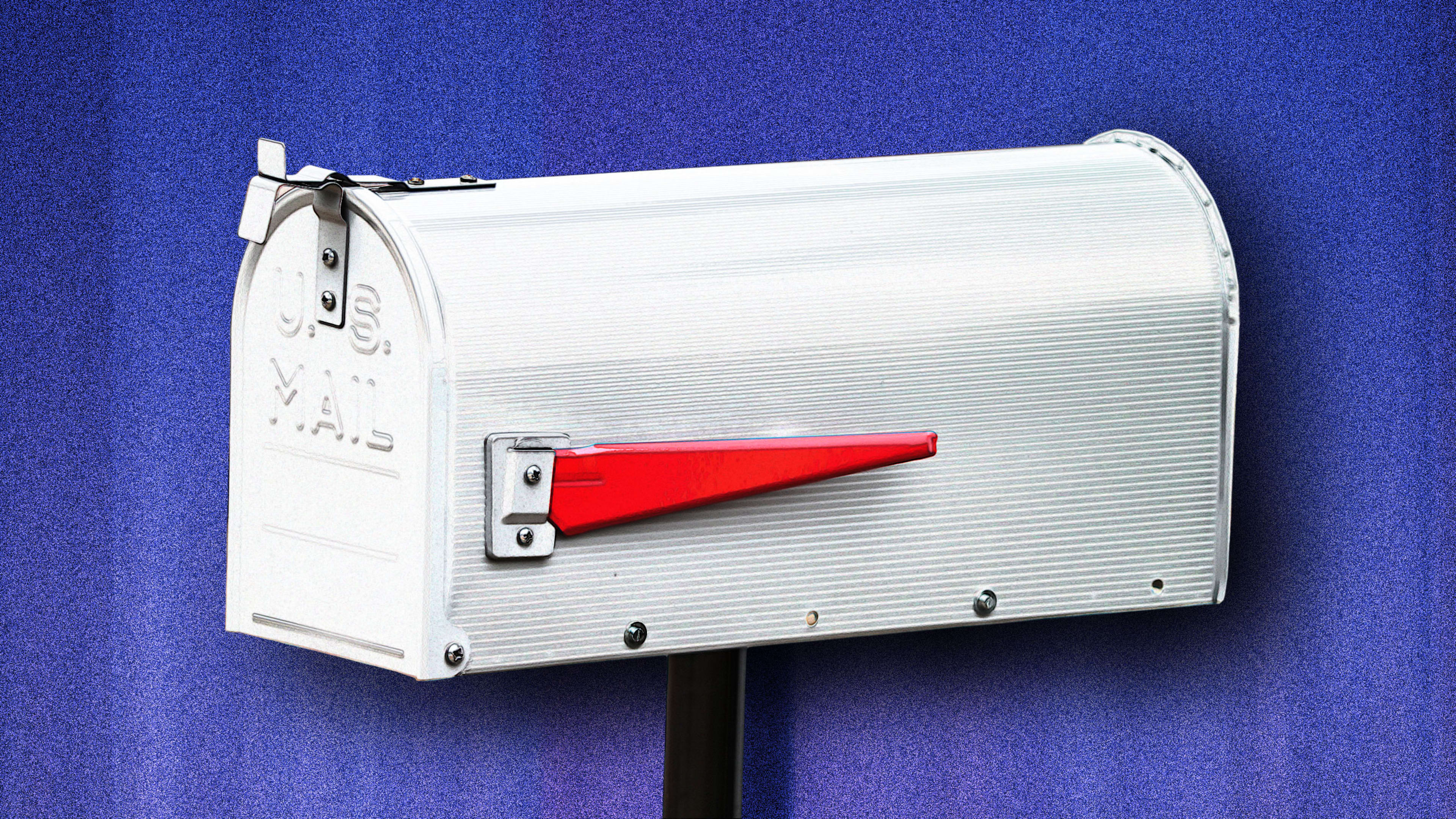According to data from the United States Postal Service (USPS), people sent over 127 billion pieces of mail through the postal service last year.
While a massive number, it is down from the USPS high of over 213 billion mailings in 2006. Yet despite the ubiquity of people opting to pay bills online and send texts or emails instead of letters, post offices still handle a massive amount of mail each year. And today, those millions of Americans who still send letters will see the cost of a stamp increasing for the second time in 2023.
As of Sunday, July 9, the price of one First-Class Mail Forever stamp is increasing to 66 cents—that’s up 3 cents from the price it was bumped up to in January 2023.
If it seems like the USPS is more willing to raise prices more often lately, well, it is. According to USPS data, the service increased the price of a First-Class stamp (for 1 ounce of mail) 17 times during the entire 20th century. But since the beginning of the 21st century, the USPS has already increased the price of a stamp 16 times—and we’re only 23 years into the century. For the record, here’s how much the price of a first-class stamp has cost since 1885:
- July 1, 1885: 2 cents
- November 2, 1917: 3 cents
- July 1, 1919: 2 cents
- July 6, 1932: 3 cents
- August 1, 1958: 4 cents
- January 7, 1963: 5 cents
- January 7, 1968: 6 cents
- May 16, 1971: 8 cents
- March 2, 1974: 10 cents
- December 31, 1975: 13 cents
- May 29, 1978: 15 cents
- March 22, 1981: 18 cents
- November 1, 1981: 20 cents
- February 17, 1985: 22 cents
- April 3, 1988: 25 cents
- February 3, 1991: 29 cents
- January 1, 1995: 32 cents
- January 10, 1999: 33 cents
- January 7, 2001: 34 cents
- June 30, 2002: 37 cents
- January 8, 2006: 39 cents
- May 14, 2007: 41 cents
- May 12, 2008: 42 cents
- May 11, 2009: 44 cents
- January 22, 2012: 45 cents
- January 27, 2013: 46 cents
- January 26, 2014: 49 cents
- April 10, 2016: 47 cents
- January 22, 2017: 49 cents
- January 21, 2018: 50 cents
- January 27, 2019: 55 cents
- August 29, 2021: 58 cents
- July 10, 2022: 60 cents
- January 22, 2023: 63 cents
- July 9, 2023: 66 cents
To give more context to todays 66-cent cost, it only slightly outpaces the rise of inflation since 1885, when a first-class stamp cost 2 cents. According to OfficalData.org’s CPI Inflation Calculator, 2 cents in 1885 is equivalent to 63 cents in 2023—a cumulative price change of over 3,000%.
The reason for the second price rise, according to the USPS, is to offset the increase in inflation. However, the service is quick to note that it “generally receives no tax dollars for operating expenses” and its prices “remain among the most affordable in the world.” It says it will use the additional first-class stamp proceeds “to provide the Postal Service with much needed revenue to achieve the financial stability sought by its Delivering for America 10-year plan.”
Recognize your brand’s excellence by applying to this year’s Brands That Matter Awards before the final deadline, June 7.
Sign up for Brands That Matter notifications here.
